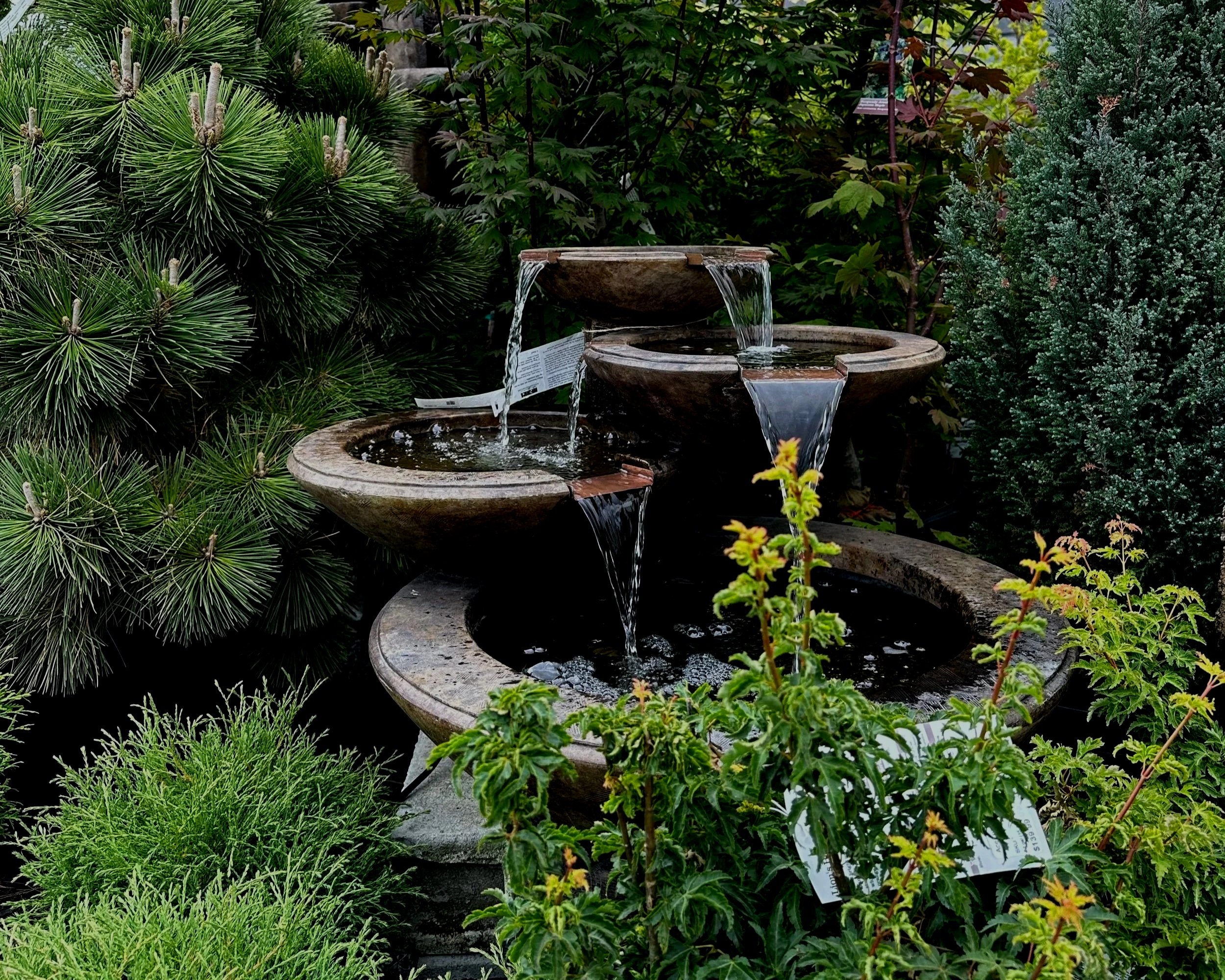Last week I wrote about pruning hedges and why it was the perfect time to accomplish that task. Continuing along that same vein, now is a very good time to tackle any weeping plants you may have, like laceleaf maples, weeping pussy willows, and just about any plant that defies gravity and grows in the exact opposite direction one would think a plant should grow. These “downward” growing plants present a unique challenge when it comes time to prune and if left unattended, their branches will (over time) reach the soil and spread horizontally all over the yard, resembling something akin to “Cousin It”. At this point, they cease to be attractive and no longer function as a focal point in the garden.
Before launching into a diatribe on the proper pruning of weepers, I feel it is important to mention that these kinds of plants are the result of an obsession with abhorrent growth patterns that the horticultural industry has had for centuries. Nursery professionals are drawn to the unusual and sometimes rare mutations that weeping plants represent. In my nursery alone, at any given time, I stock over 20 different kinds of weepers - large shade trees like Elms, Katsura, and Beeches, to flowering trees like Cherries, Crab Apples, and Golden Chain trees, to conifers like Pines, Spruces, Hemlocks, and Cedars. There’s even a weeping form of our towering Douglas Fir tree.
In the case of conifers (think needle-leafed evergreens), these weepers would simply crawl on the ground like a snake if it weren’t for the growers staking them up vertically for their first 4 to 6 feet of growth. Some creative growers will even serpentine them, but once the gardener takes them home, all of their growth will be ‘downward’ unless trained otherwise. If you want them to get taller, you simply have to stake up a young and supple branch until it is woody enough to stay on its own. We have probably all seen weeping Blue Atlas Cedars trained along a fence or over an arbor in what becomes a very lovely evergreen mass of bluish needles. Likewise, I have seen weeping Norway spruces allowed to trail over a large boulder and form essentially a groundcover. One point to remember with conifers is that while these weeping forms are essentially mutations, occasionally they will mutate back to their non-trailing form and if you don’t prune them off, you will end up with a 100 foot tall evergreen - which is probably not what you intended to have in the garden in the first place.
One of the most common weeping plants in northwest gardens is the weeping flowering cherry, which is created by grafting a weeping cherry onto a standard upright cherry understock, usually around 4 to 6 feet above the soil level. Any growth from that understock (below the actual weeping part) has to be vigilantly removed during the year or it will overtake the weeping portion. You can drive through almost any neighborhood and find weeping cherries with both a combination of weeping branches and upright branches growing up through those weeping branches. Unfortunately, if left too long (I have seen limbs over 6 inches in diameter that should have been pruned out 10 years prior), it is almost impossible to save the tree.
Japanese maples are probably the other most frequently encountered weepers that are planted in our gardens and pruning them is no different than the aforementioned cherries. The trick is to get up close and personal by burying yourself underneath the skirt to prune from the inside out, starting with small twiggy branches and eventually moving to the larger limbs. The habit of weepers is to continually pile up new branches over the top of old ones, and over time those old limbs die due to lack of light and create a cluttered mess of limbs. By removing old limbs on the inside, you will open up the canopy to let more light in and improve the air circulation. Also, by exposing the natural branching pattern you will improve the overall beauty of the plant.
I think one of the worst pruning mistakes for weepers is the tendency to “hedge prune” all the branches to a constant height like the hem on a skirt - which in my opinion gives it an unnatural look and is in total conflict with its graceful weeping habit. When shortening up weepers, stagger your cuts so that some are longer and others are short so the result will be much more pleasing to the eye.
Remember when pruning, always work with the natural growth patterns of the plant. The goal is to make your plant look like it was never pruned in the first place, which in the case of weepers, can be tricky. Remove suckers, work from the inside out, and stagger your cuts for a more natural “edge” and you should be just fine. Stay safe and keep on gardening!



